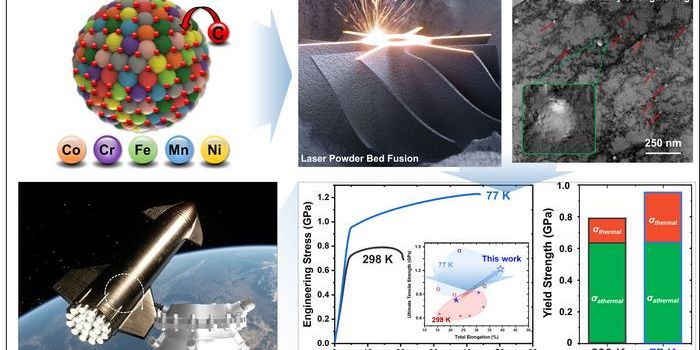Using supercomputers to predict the next massive earthquake
A new prototype called RSQSim (Rate-State earthquake simulator) offers new insight into predicting massive earthquakes in California. The system, which uses supercomputers to calculate when geophysical forces might produce the next huge earthquake, is based on simulations of 800,000 years of geologic topography information. Details of RSQSim are published in the Bulletin of the Seismological Society of America.
RSQSim is paired with a code called CyberShake that works to calculate algorithms that determine the amount of shaking that would occur for each simulated quake. Together, the system provides a new approach to thinking about earthquake prediction. Current prediction methods rely on mostly empirical data of past ruptures and subsequent statistical models of hazard.
"We haven't observed most of the possible events that could cause large damage," notes Kevin Milner, a computer scientist and seismology researcher at the Southern California Earthquake Center (SCEC) at the University of Southern California. "Using Southern California as an example, we haven't had a truly big earthquake since 1857 -- that was the last time the southern San Andreas broke into a massive magnitude 7.9 earthquake. A San Andreas earthquake could impact a much larger area than the 1994 Northridge earthquake, and other large earthquakes can occur too. That's what we're worried about."
RSQSim used the Frontera supercomputer as well as other government-sponsored supercomputers to generate the simulations. It took eight days of continuous computing on Frontera and used over 3,500 processors in parallel to produce the simulations.
"One way we might be able to do better in predicting risk is through physics-based modeling, by harnessing the power of systems like Frontera to run simulations," said Milner. "Instead of an empirical statistical distribution, we simulate the occurrence of earthquakes and the propagation of its waves."
"We've made a lot of progress on Frontera in determining what kind of earthquakes we can expect, on which fault, and how often," said Christine Goulet, Executive Director for Applied Science at SCEC. "We don't prescribe or tell the code when the earthquakes are going to happen. We launch a simulation of hundreds of thousands of years, and just let the code transfer the stress from one fault to another."
The researchers hope that their approach will provide pragmatic information for designing more structurally resilient and site-specific buildings in earthquake zones. "The hope is that these types of models will help us better characterize seismic hazard so we're spending our resources to build strong, safe, resilient buildings where they are needed the most," Milner said.
Sources: Bulletin of the Seismological Society of America, Science Daily








